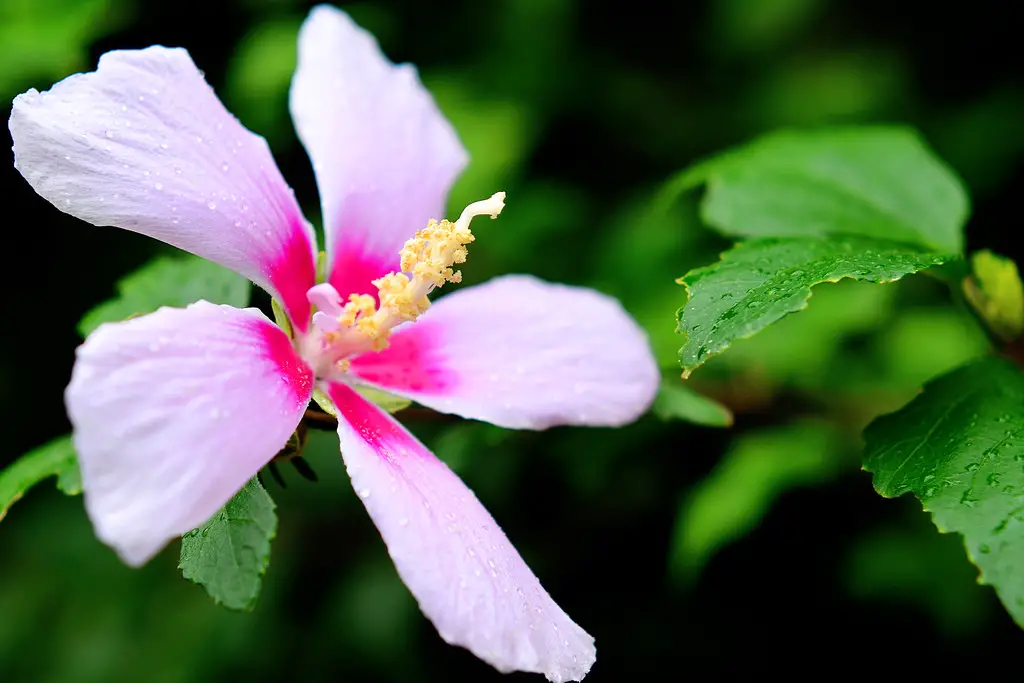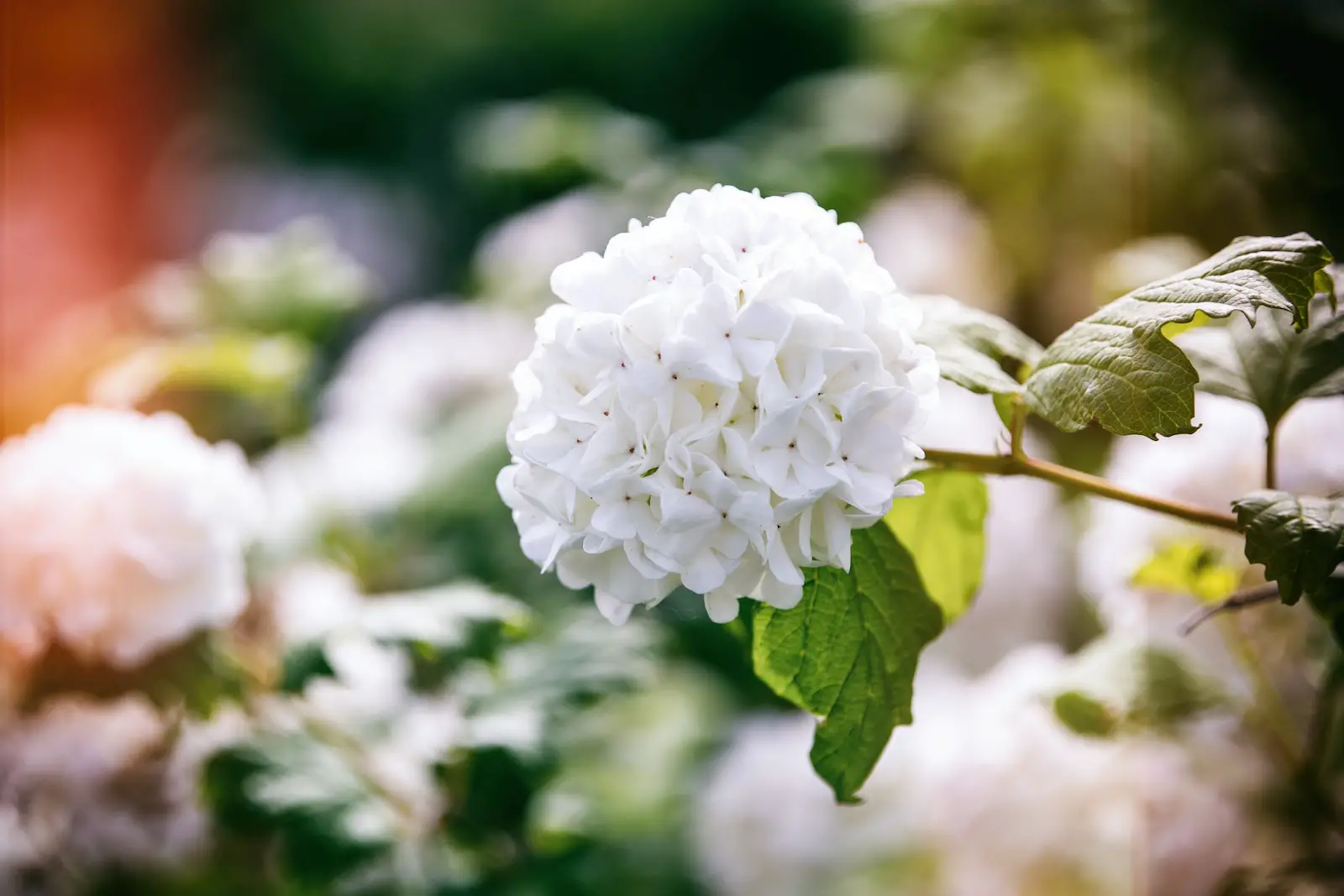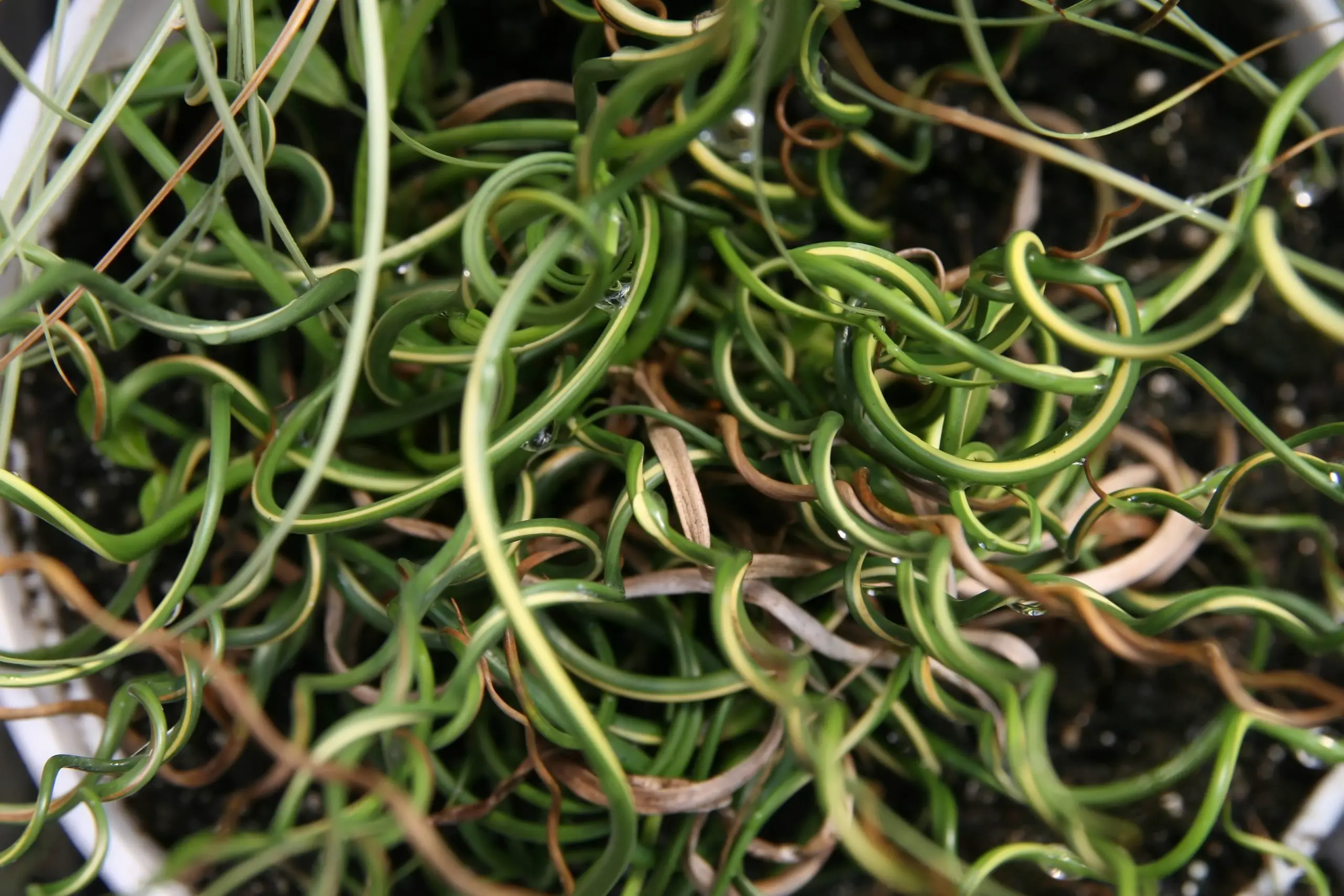Sunshine Ligustrum is a vibrant, golden-foliaged shrub known for its stunning appearance and ability to brighten any landscape. Part of the privet family, this evergreen shrub is highly prized for its adaptability to various conditions and its year-round interest in the garden. Unlike other privets, Sunshine Ligustrum is sterile, meaning it doesn’t produce seed or unwanted seedlings, making it a more controlled addition to your landscape.
Originating in Japan, this unique variety has become quite popular in many parts of the world. Its striking golden-yellow leaves and dense, compact growth habit make it a favorite among gardeners. The glossy leaves are visually appealing and can add color and contrast to borders, hedges, or as a standalone feature.
Despite its exotic appearance, Sunshine Ligustrum is a robust and low-maintenance shrub that fits well in various landscape designs. From traditional gardens to modern urban landscapes, it brings a touch of elegance and a burst of color. The Sunshine Ligustrum’s hardiness and easy care have contributed to its growing popularity.
| Aspect | Details |
|---|---|
| Common Names | Sunshine Ligustrum, Golden Privet |
| Botanical Name | Ligustrum sinense ‘Sunshine’ |
| Family | Oleaceae |
| Plant Type | Evergreen Shrub |
| Mature Size | 3-6 feet tall, 3-5 feet wide |
| Sun Exposure | Full sun to partial shade |
| Soil Type | Well-drained soil, tolerates various soil types |
| Hardiness Zones | 6-10 |
| Native Area | Japan |
Sunshine Ligustrum Care
Sunshine Ligustrum is considered an easy-to-care-for shrub that is ideal for gardeners of all experience levels. It is known for its drought tolerance once established and its resistance to most pests and diseases. While it is adaptable to various soil types and sun exposures, certain practices will help it thrive.
Planting in a well-draining soil enriched with organic matter and providing regular watering during the establishment phase are vital. Sunshine Ligustrum also appreciates mulching to conserve moisture and suppress weeds.
Light Requirement for Sunshine Ligustrum
Sunshine Ligustrum thrives best in full sun, which encourages the vibrant golden color of its leaves. It can tolerate partial shade, but too little sunlight may lead to a less intense color and reduced growth rate. Planting in a spot with at least 6 hours of direct sunlight per day is advisable.
Soil Requirements for Sunshine Ligustrum
This plant is adaptable to various soil types, including sandy, loamy, or clay soils. The critical factor for healthy growth is well-drained soil. If the soil is too heavy or retains too much water, amending with organic matter to improve drainage is recommended.
Water Requirements for Sunshine Ligustrum
Sunshine Ligustrum requires regular watering when newly planted. Once established, it’s drought-tolerant and will require less frequent watering. However, during hot and dry periods, additional watering may be necessary to prevent stress.
Temperature and Humidity
Sunshine Ligustrum can withstand a range of temperatures, from the colder climates of Zone 6 to the heat of Zone 10. It’s not particularly sensitive to humidity, making it versatile in different climate conditions.
Fertilizer
Feeding Sunshine Ligustrum with a balanced, slow-release fertilizer in early spring can promote lush growth. However, over-fertilizing should be avoided, as excessive growth can make the plant more susceptible to diseases.
Pruning Sunshine Ligustrum
Regular pruning helps maintain the shape and size of Sunshine Ligustrum. It can be pruned to fit a formal hedge or allowed to grow more naturally. Spring or early summer is the best time for pruning, avoiding late-season pruning, which may lead to winter damage.
Propagating Sunshine Ligustrum
Propagation is typically done through cuttings. Taking semi-hardwood cuttings in late summer and rooting them in a mixture of peat and sand can produce new plants.
How To Grow Sunshine Ligustrum From Seed
Since Sunshine Ligustrum is a sterile variety, it does not produce seeds and cannot be propagated through seed.
Common Pests & Plant Diseases
Scale Insects
Small insects that can be treated with horticultural oil.
Leaf Spot
A fungal disease that can be managed with proper spacing and pruning to allow air circulation.
Common Problems With Sunshine Ligustrum
Lack of Color
Insufficient sunlight may lead to dull leaf color. Ensure proper sun exposure.
Waterlogged Soil
Planting in poorly-drained soil may cause root rot. Amend soil with organic matter if needed.
Winter Damage
In colder zones, winter damage may occur if pruned too late in the season. Prune in spring or early summer.
Pro Tips
- Utilize Sunshine Ligustrum as a focal point or in mass plantings for a dramatic golden display.
- Consider companion planting with darker foliage plants to create contrast.
- Avoid planting in low-lying areas where water may accumulate.
- Monitor regularly for signs of pests or diseases, as early intervention can prevent major issues.
- Be aware of local regulations, as Sunshine Ligustrum is considered invasive in some areas.


